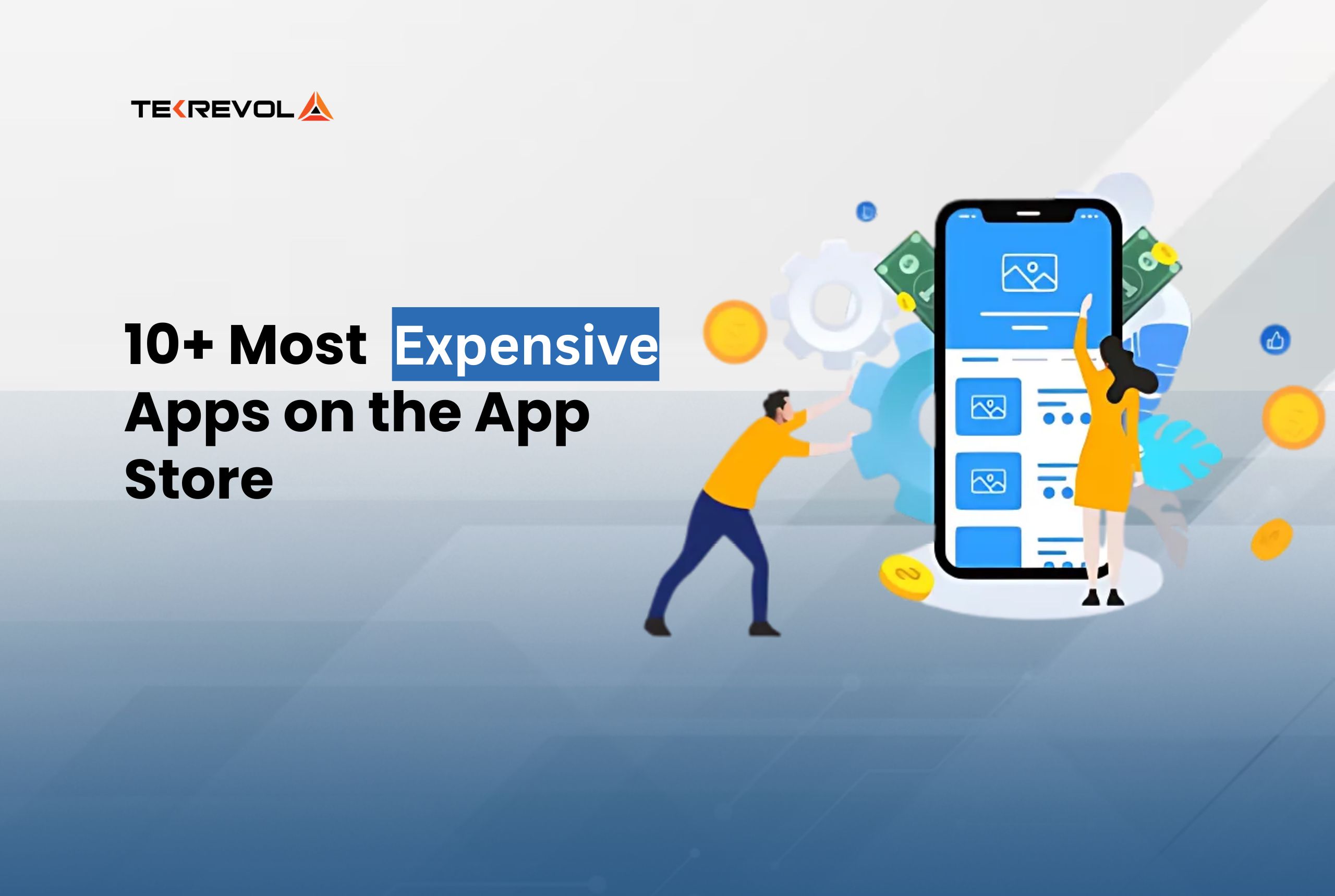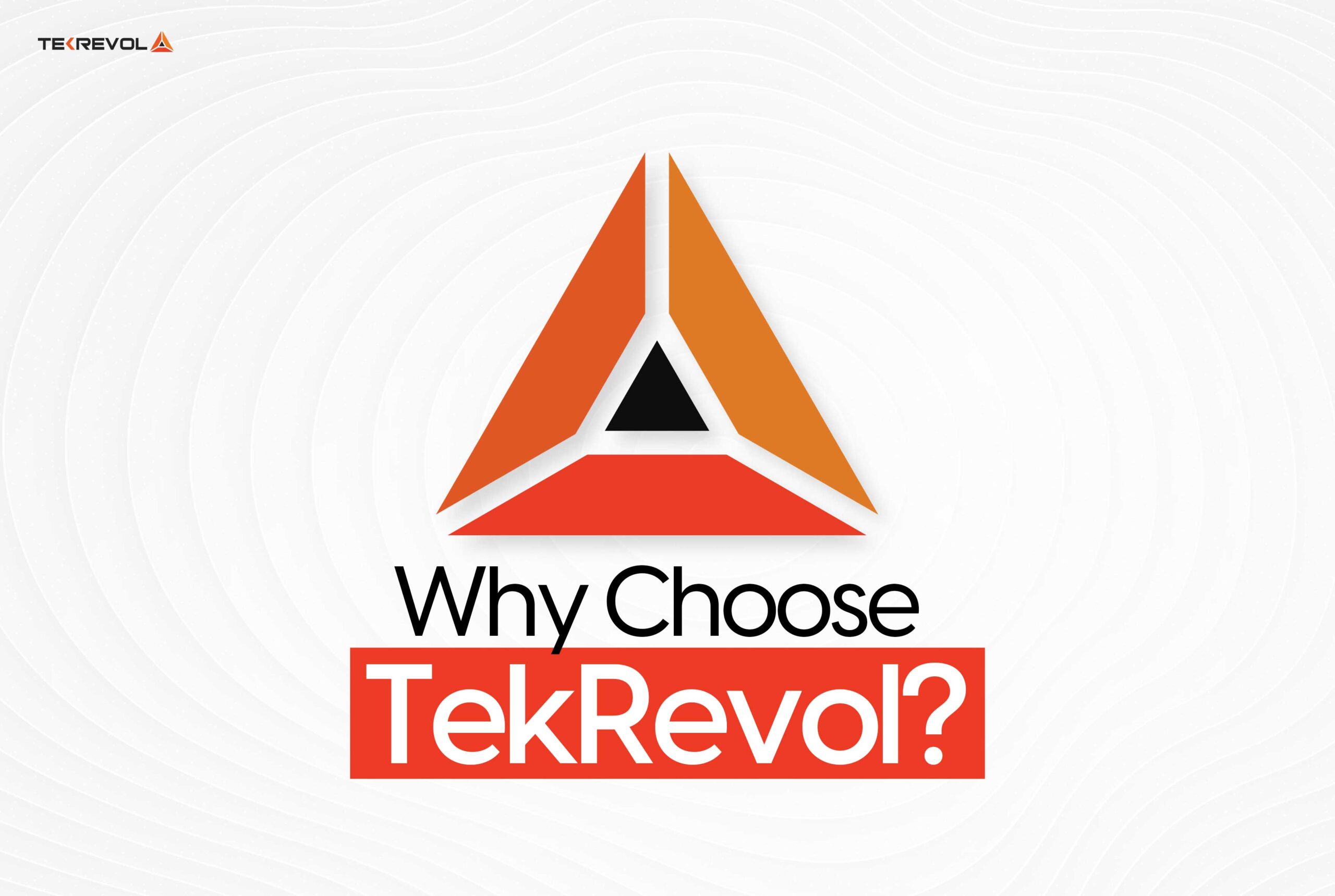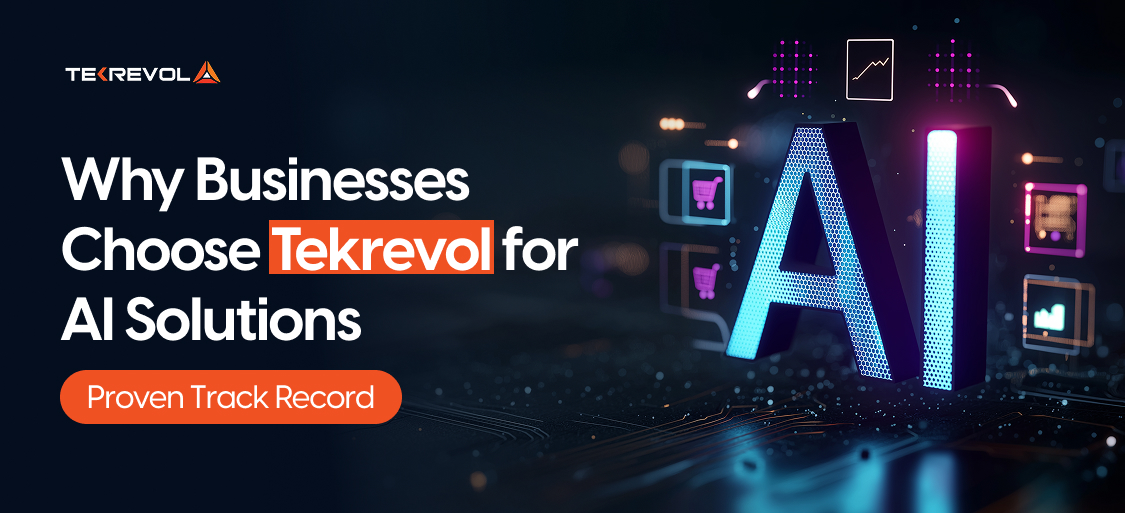It’s 3 a.m. You’re in bed, doom-scrolling TikTok. Some guy with a Lambo and zero personality says, “Bro, just start a SaaS and make $10k/month while you sleep.”
You laugh… then pause.
Wait. What even is SaaS? And why is everyone talking about it?
SaaS = Software-as-a-Service, aka apps that people pay for monthly because they make life easier. Think Notion, Canva, Grammarly. Now, imagine building your own version with SaaS startup ideas 2025. Sounds wild, but it’s actually one of the best ways to turn a laptop + brain cells into real money.
This blog is your no-cap guide to 20 SaaS app ideas that can pop off in 2025. Real ones. Not the “make an AI that does your taxes and walks your dog” kinda stuff.
If you’re ready to ditch the 9-to-5 and start printing recurring revenue, let’s read the profitable SaaS app ideas discussed in this blog.
What is a Saas Application and Why Does It Matter?
Alright, before we dive into profitable SaaS app ideas, let’s break down the buzzword. SaaS = Software as a Service. It’s just a fancy way of saying: instead of buying software once, people pay to use it every month like Netflix, Canva, or Notion.
The global SaaS market size is estimated at USD 408.21 billion in 2025, and is forecast to reach around USD 1,251.35 billion by 2034.
You don’t install anything heavy. Everything runs in the cloud. Updates? Handled. Bugs? Fixed in the background. You just log in and vibe.
Think of it like: “Why sell one digital product when you can rent it out forever?” If you build a good SaaS app, people keep paying, every. single. month. That’s how you go from side hustle to CEO energy.
Now, let’s talk about what makes a SaaS idea profitable
What Makes a SaaS Idea Profitable?
Before you build, code, or pitch, you need to understand what makes a SaaS business idea worth your time (and investor money). Here are the key factors:
- Market Demand: Is there a clear pain point? Are people already paying for similar solutions?
- Recurring Revenue Potential: SaaS apps should be subscription-based. Monthly or annual plans keep cash flowing.
- Low Churn Rate: You need to retain customers. Apps solving mission-critical problems perform best.
- Scalability: Can your app serve 10 or 10,000 users with the same infrastructure?
- Low Overhead: Once launched, SaaS apps usually have minimal maintenance costs compared to product-based businesses.
- Wasting hours on repetitive tasks that tech could handle?
- Learn how the right SaaS product can boost your productivity and your profit.
How to Come Up with Great SaaS App Ideas
Not all SaaS startup ideas are born in a dorm room. Here are legit ways to source your million-dollar idea:
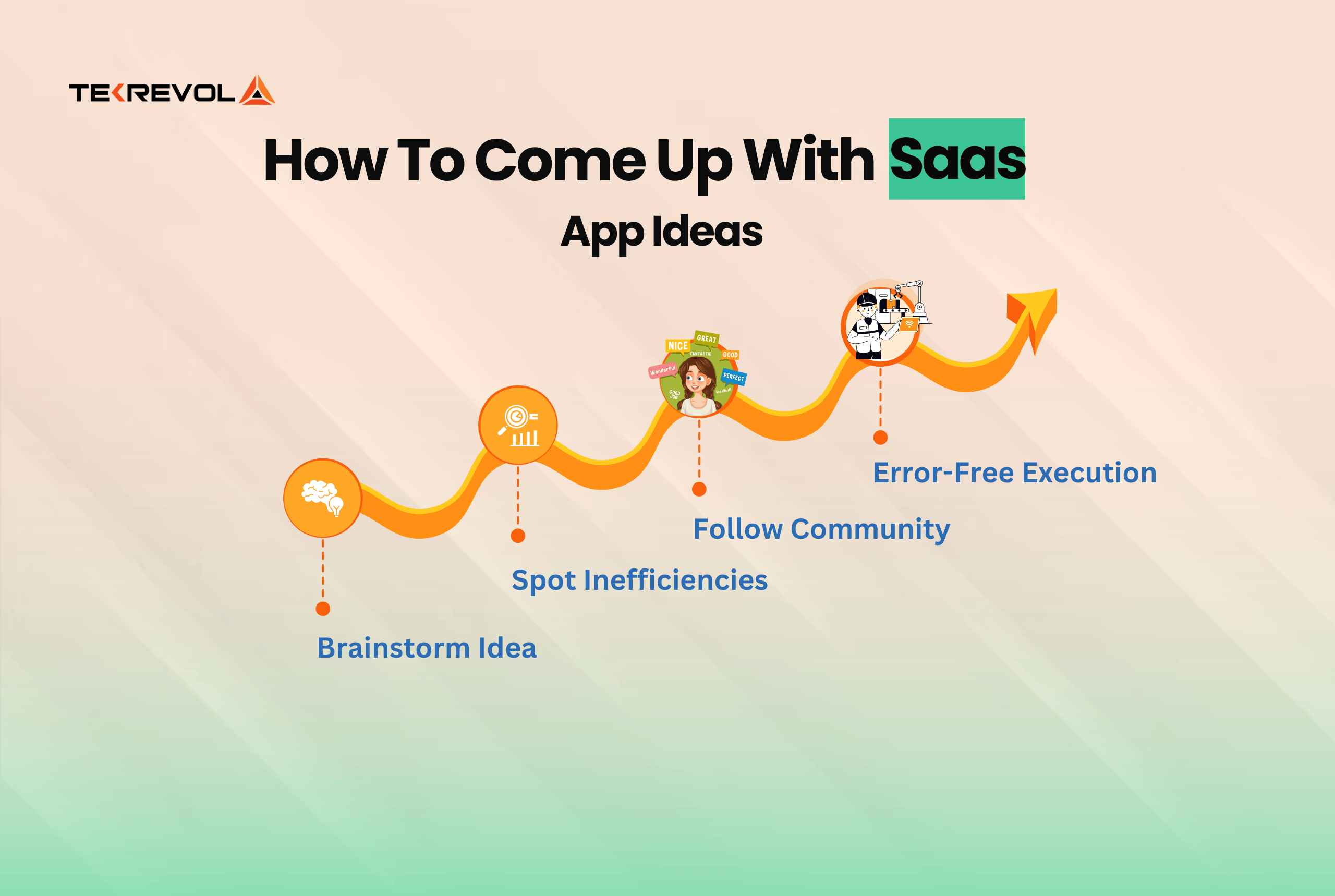
- Scratch Your Own Itch: Build something you wish existed.
- Industry Insight: Use your job experience to spot inefficiencies.
- Community Feedback: Lurk Reddit, Twitter, Product Hunt, and IndieHackers to see what people complain about.
- Reverse Engineer: Take a successful SaaS and niche it down. Example: Turn “CRM” into “CRM for Pet Groomers.”
- Manual Work Automation: Think Excel sheets, Google Forms, Notion templates—if it’s done manually, it can be turned into a SaaS.
Key Features Your SaaS App Must Have
Even the most genius SaaS product ideas will flop if your product lacks:
- User-Friendly UX: Users will ghost your app if it feels like 2009.
- Mobile-Responsive Design: Desktop-only is dead.
- Robust s: A guided start increases activation rates.
- Integrations: APIs and webhooks are your BFFs.
- Analytics Dashboard: Users need to measure outcomes.
Top SaaS Business Models to Explore

Your business model shapes your product features, pricing, and customer support.
- Freemium: Free basic plan with premium upgrades.
- Usage-Based: Pay-as-you-go depending on usage.
- Tiered Pricing: Popular in B2B SaaS (e.g., Starter, Pro, Enterprise).
- White Labeling: Sell your SaaS to agencies who brand it as their own.
- Still juggling spreadsheets to run your business? That’s so pre-SaaS!
- Let automation handle the grunt work while you scale like a boss.
20 Profitable SaaS App Ideas You Can Launch in 2025
1. AI-Powered Resume Builder
An AI-powered resume builder can help users craft personalized, job-specific CVs by analyzing job descriptions and tailoring content accordingly.
Features like real-time suggestions, keyword optimization, professional templates, and ATS (Applicant Tracking System) compatibility can significantly increase a candidate’s chances of landing interviews.
This tool can also provide resume scoring, grammar checking, and even integrate with LinkedIn. Revenue can come from monthly plans, one-time purchases, and upsells like cover letter builders or portfolio tools.
Pros:
- High demand among job seekers
- Recurring users
- Scalable to multiple markets.
Cons:
- Competitive space
- Must stay updated with ATS algorithms and industry standards.
2. Subscription Management Platform for Freelancers
Freelancers often manage dozens of tools, Notion, Figma, Canva, Grammarly, etc.—but lack a central hub to track and manage these subscriptions. This SaaS would act as a dashboard that not only monitors spending but also provides alerts for renewals, invoice tracking, and even usage analytics to help users optimize their toolset.
You could also integrate budgeting features, contract templates, and client management add-ons. The product could be further tailored to specific professions, making it highly adaptable and profitable.
Pros:
- Niche-focused
- low churn if useful
- great for word-of-mouth growth.
Cons:
- Narrow target market,
- sensitive user data handling required.
3. Automated User Feedback Analyzer
Customer feedback is often unstructured and scattered across various channels like reviews, support chats, emails, and surveys. This SaaS would use Natural Language Processing (NLP) to extract insights from all these sources, identify recurring pain points, sentiment trends, and even offer improvement suggestions.
Businesses could use this to make data-driven decisions, prioritize feature updates, and enhance user satisfaction. Ideal clients include SaaS startups, eCommerce app development, and customer-centric enterprises. Premium plans could offer multilingual support, deep integrations, and team collaboration tools.
Pros:
- High B2B value
- Strong use case for AI
- easy upsell potential.
Cons:
- Development-intensive
- requires frequent model training and refinement.
4. Remote Team Culture Platform
As more companies go remote, maintaining team spirit becomes a challenge. This SaaS would focus on team engagement through virtual games, recognition systems, mood tracking, and asynchronous team-building activities.
Think of it as a digital water cooler, designed to foster connection and reduce employee isolation. Integrations with Slack, Zoom, and Microsoft Teams can streamline implementation.
Advanced features could include pulse surveys, event scheduling, or personalized employee appreciation suggestions. While ROI might be qualitative, strong testimonials and usage metrics can support growth.
Pros:
- Rising demand in remote-first companies
- strong HR appeal.
Cons:
- Harder to prove ROI
- potential resistance from traditional workplaces.
5. Influencer CRM for Small Brands
Small brands trying to scale often manage influencer campaigns using spreadsheets and manual outreach. This lightweight CRM would streamline the process, allowing users to discover influencers, manage outreach, track collaboration status, and measure campaign ROI from a single dashboard.
It could even suggest influencer matches based on engagement rate, industry, and past results. This tool is especially valuable to eCommerce startups, agencies, and boutique DTC brands. Monetization options include tiered pricing based on the number of campaigns or influencers tracked.
Pros:
- Strong demand
- saves time
- increases campaign ROI.
Cons:
- Must compete with larger influencer platforms
- data freshness
- Verification is required.
6. AI Meeting Summarizer for Remote Teams
Remote meetings can drag on and create productivity bottlenecks. This SaaS would automatically record, transcribe, and summarize video or audio meetings using AI. Features could include action item tagging, sentiment detection, speaker identification, and integration with platforms like Zoom, Google Meet, and Microsoft Teams.
Teams can quickly skim highlights, revisit decisions, and assign tasks. Ideal for startups, consulting firms, and distributed teams. Monetization could be based on transcription minutes or team size.
Pros:
- Saves significant time
- ideal for remote-first businesses.
Cons:
- Needs advanced AI/NLP capabilities
- Audio quality can affect accuracy.
7. Micro-SaaS for Local Service Booking
Target a specific niche—like dog walkers, personal chefs, or mobile car washers—with a booking and CRM tool tailored just for them. The app can allow calendar integration, payment processing, client communication, and review collection.
White-label features can help professionals customize their branding. Add-ons could include SMS reminders, route planning, and customer loyalty tracking. Perfect for local entrepreneurs who don’t want the overhead of big platforms like Yelp or Thumbtack.
Pros:
- Hyper-targeted
- quick to build
- strong word-of-mouth potential.
Cons:
- Smaller TAM (Total Addressable Market)
- requires niche-specific customization.
8. AI-Powered Script Generator for Creators
YouTubers, TikTokers, and podcasters often struggle with consistent content creation. This SaaS would generate video or audio scripts based on selected topics, tones, and durations.
Users could input a title or idea and receive a full, editable script optimized for SEO and engagement. Advanced features could include voiceover integration, royalty-free media suggestions, and collaboration tools for teams. This product could monetize via tiered subscriptions or pay-per-script models.
Pros:
- Content creators are growing fast
- AI generation makes it scalable.
Cons:
- Creative quality control is needed
- plagiarism or content repetition risks.
9. SaaS for Local SEO Reporting
Local businesses struggle with tracking their online visibility across maps, directories, and search engines. This SaaS would compile local SEO metrics like Google Business Profile rankings, citation accuracy, local keyword tracking, and competitor comparisons into one dashboard.
Perfect for local SEO agencies or DIY business owners. Revenue models could include monthly subscriptions or white-labeled agency packages.
Pros:
- Fills a real need for agencies and SMBs
- recurring use.
Cons:
- Must keep up with Google algorithm changes
- limited to location-based businesses.
10. Smart Contract Generator for Freelancers
With the gig economy booming, freelancers need legally sound contracts—fast. This tool would generate customizable, legally reviewed contract templates based on job type, location, and payment structure.
Smart features could include e-signatures, automated reminders, and clause explanations. Integrations with Stripe, PayPal, or accounting tools could enhance utility. Monetization could be via freemium access, premium contract packs, or agency-level licensing.
Pros:
- High utility
- broad freelancer appeal
- great for upsells.
Cons:
- Legal risks and liabilities
- localization, and jurisdiction complexity.
11. No-Code Internal Tool Builder
Every business needs internal tools like dashboards, CRMs, or data entry forms—but building them from scratch is time-consuming and expensive. A no-code internal tool builder can empower teams to create these tools without writing a single line of code. It could include drag-and-drop interfaces, API connectors, real-time data sync, permission controls, and reusable templates for common use cases like admin panels or reporting dashboards.
This kind of SaaS app fits right into the ongoing no-code/low-code trend. Your target users would be operations managers, product managers, or even developers who need to ship tools fast. A pricing model based on a number of users or workflows created would allow for both flexibility and scale.
Pros:
- Growing no-code trend
- Tech-savvy customer base
- Clear upgrade paths
Cons:
- Competes with big players like Retool
- Needs versatile templates and data handling
12. Podcast Repurposing Tool
Podcasters spend hours creating great content, but often fail to distribute it effectively. A podcast repurposing SaaS could transcribe episodes, generate blog posts, extract quotes for social media, and even cut highlight reels or YouTube Shorts—all automatically using AI. Add features for multi-language translation, tone adaptation, and SEO optimization, and you have a one-stop content multiplier.
Target users include individual podcasters, podcast agencies, and content marketers. Subscription pricing can vary by a number of episodes or minutes processed. Integrations with platforms like Spotify, Apple Podcasts, and YouTube can increase utility and user retention.
Pros:
- Podcasting is booming
- Saves time for creators
- Multilingual expansion potential
Cons:
- Requires strong NLP models
- Limited market size
13. Compliance Monitoring SaaS for SMEs
Small businesses often lack dedicated legal or compliance teams, making regulatory compliance a serious pain point. A compliance monitoring SaaS can automate reminders, store essential documents, offer audit trails, and even deliver mandatory training modules for GDPR, HIPAA, or other industry-specific regulations.
The platform can also include templates for policies, region-based compliance checklists, and risk assessment tools. A yearly subscription model makes sense here, as compliance is an ongoing requirement. Vertical-specific versions (e.g., healthcare, finance) can unlock additional revenue streams.
Pros:
- High perceived value
- Annual subscription model
- Useful across industries
Cons:
- Must stay updated with changing laws
- Complex to localize globally
14. AI-Based Sales Call Coach
Sales is part art, part science—and a SaaS product that leans into both can be a game-changer. This platform would use AI to analyze sales calls in real-time, offering suggestions on tone, pacing, keyword usage, and even emotional cues. Post-call analysis can generate reports on talk-to-listen ratio, sentiment score, objection handling, and closing techniques.
Designed for sales teams and individual reps, the tool can integrate with CRMs and VoIP platforms. With tiered pricing based on call volume or user seats, it can grow from startups to large enterprises.
Pros:
- Improves rep performance over time
- Great for remote teams
- Data-rich insights
Cons:
- Privacy/legal implications
- High dev cost upfront
15. Digital Menu & Ordering Platform for Small Restaurants
Small restaurants often struggle with managing digital orders and high commission rates from third-party platforms. A SaaS app idea that allows them to build digital menus, accept QR code orders, and process payments directly could offer immense value. Features like daily menu updates, order analytics, customer profiles, and integration with kitchen displays or printers would round out the offering.
This tool can be white-labeled for restaurant chains or bundled with POS systems. Monetization can come from a monthly subscription or a small per-order fee. Focus on mobile responsiveness and offline capabilities to stand out.
Pros:
- Massive offline market
- Can be bundled with POS systems
- White-label potential
Cons:
- Offline adoption challenges
- Requires solid mobile UI
16. Learning Management System (LMS) for Creators
Online education is exploding, and solo creators want easy tools to build and sell their courses. A lightweight LMS designed for creators can include modules for course creation, drip scheduling, student tracking, payment collection, and email marketing integration. Bonus points for features like community forums or certificate generation.
This SaaS app can cater to YouTubers, bloggers, and subject matter experts. You can offer tiered plans based on the number of students, storage, or course modules. A marketplace for selling courses adds another revenue layer.
Pros:
- Surging online education market
- Strong upsell opportunities (certificates, analytics)
- Recurring income
Cons:
- Competes with Thinkific, Teachable
- High feature demand
17. SaaS for Local Inventory Management
Local businesses often manage inventory across physical locations, online shops, and delivery platforms, creating a logistical nightmare. A SaaS product that syncs inventory in real-time across channels like Shopify, Amazon, in-store POS systems, and delivery partners like DoorDash or Uber Eats can solve this pain.
Offer features like bulk editing, threshold alerts, sales analytics, and barcode scanning. Your primary users would be small-to-mid retailers and franchisees. Sell via monthly plans or by inventory volume.
Pros:
- Underserved niche
- Multi-channel integration = key selling point
- Can expand into POS features
Cons:
- Complex syncing logic
- Requires onboarding assistance
18. Time Tracking Tool for Remote Teams
As remote work becomes the norm, businesses need better tools to manage time and productivity. A SaaS time tracking platform could include automated time logging, goal setting, task tagging, screenshot monitoring, and productivity scoring. Reports can be auto-generated and sent to managers.
Freelancers, startups, and agencies would be prime users. A freemium model with paid upgrades for additional features (e.g., integrations, reporting, team analytics) would work well.
Pros:
- Clear value for managers
- Low learning curve
- Can offer a freemium model
Cons:
- Market saturated
- It may feel invasive to users
19. Client Review & Testimonial Collector
Social proof drives conversions, but collecting testimonials is often a hassle. This SaaS tool can automate the process by sending reminders, offering review templates, collecting video testimonials, and pushing content to Google, Yelp, and other platforms.
Your target customers are freelancers, marketing agencies, and B2B service providers. The cloud application development platform could also offer widgets to embed testimonials on websites. Tiered plans based on a number of clients or distribution platforms are a smart revenue model.
Pros:
- Valuable for freelancers, agencies, and SaaS
- Easy to demonstrate ROI
- Integrates with CRMs
Cons:
- Niche tool, might be a feature, not a product
- Requires marketing to SMBs
20. Smart Document Generator for Legal Teams
Legal work is document-heavy, repetitive, and often slow. A clever document generator can leverage AI to propose clauses, manage redlining, provide version control, and maintain local regulatory compliance. Introduce role-based access, digital signatures, and audit trails to make it enterprise-friendly.
This is well-suited for law firms, in-house legal staff in corporations, or compliance consultants. Given the sensitive nature, premium B2B pricing is justified. Build trust with airtight security and frequent legal updates.
Pros:
- Legal tech is hot
- Strong need in SMB law firms
- Premium B2B pricing
Cons:
- High expectations for accuracy
- Legal compliance risk
Why Most SaaS Apps Fail in 2025
Most SaaS apps in 2025 aren’t exactly killing it. A lot of them look and feel the same: average features, clunky design, and little to no real value. Users are getting tired of paying for tools that don’t solve actual problems or just overpromise and underdeliver.
If your app’s user experience is confusing, slow, or overly complicated, it’s game over. Plus, hiding basic features behind an aggressive paywall? Yeah, that’s not it.
The SaaS landscape is evolving fast. AI is no longer just a “cool extra” — it’s becoming standard. Remote work isn’t a trend anymore, it’s a norm. And users are demanding tools that are smart, intuitive, and make life easier. This shift opens the door for creative, niche SaaS ideas that offer real solutions and stand out from the crowd.
So if you’ve got a solid idea, this is your sign to build something better — something that doesn’t just join the SaaS space but levels it up. Ready to turn that idea into something big? Let’s show you how.
How TekRevol Can Help
At TekRevol, we have expertise in bringing the finest SaaS business concepts to life as high-performing digital solutions. From MVP strategy and UX planning through cloud deployment and scalability, our skilled custom software development team makes your SaaS launch a success.
Be it beginning with an idea of web app development or a prototype, we accompany you each step of the way. Let’s co-create something great with these profitable SaaS app ideas. Contact TekRevol today to kick off your SaaS journey.
- Wish your software could do more and cost less?
- Our team helps you build smart, scalable SaaS that delivers results.

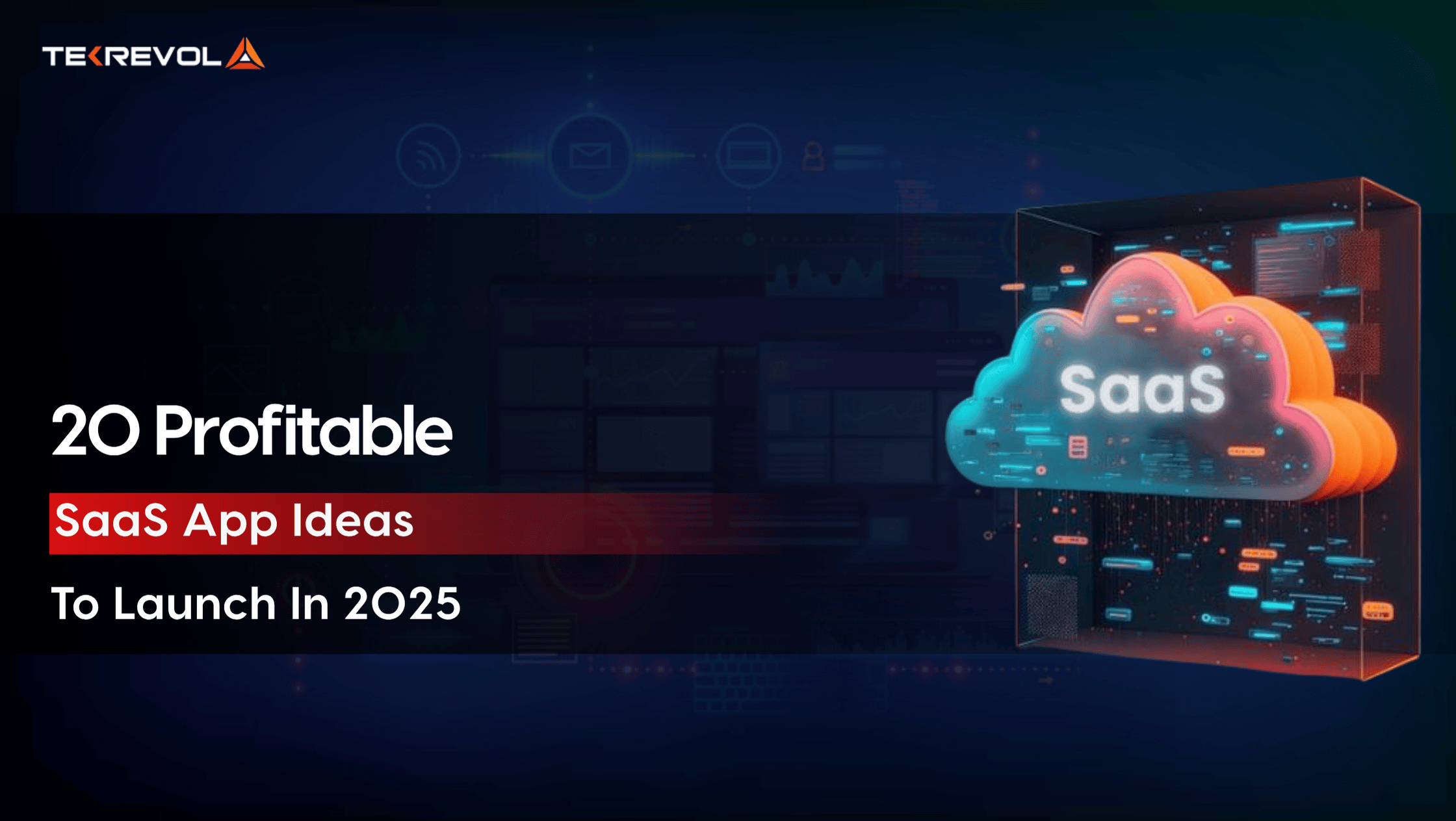
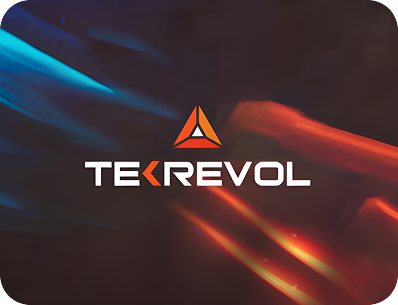
![Choosing the Right Application Development Software [Detailed Guide]](https://d3r5yd0374231.cloudfront.net/images-tek/uploads/2025/03/app-development-software-detailed-guide.jpg)

